DIGITAL SUBTRACTION ANGIOGRAPHY (DSA)
WHAT IS DSA?
Digital Subtraction Angiography (D.S.A.) is a fluoroscopy-guided technique in the speciality of Interventional Radiology (IR), to diagnose and treat various diseases of the blood vessels of the human body.
WHY IT IS DONE?
DSA procedures are done to diagnose and treat various diseases of blood vessels of the body. In the ICU patients, DSA offers life-saving treatment of vascular pathology in various settings. It is a minimally invasive alternative to open surgical procedures and in many cases provides a treatment where there are no open surgical procedures options.
HOW IT IS DONE?
DSA procedures are minimally invasive techniques often known as a pin hole surgeries. These procedures involve micro incision which do not require stitch. They are done by inserting a catheter (small thin tubes) through a small incision in the blood vessel of leg and navigating them to target area of body.
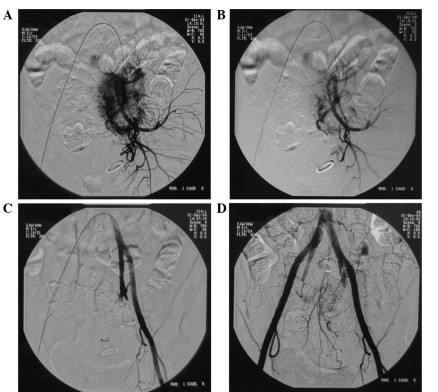
Image Source: https://www.researchgate.net/figure/Digital-subtraction-angiography-anteroposterior-view-A-Insertion-of-a-catheter-into_fig1_255955917
HOW DOES IT HELP?
There are enormous applications of this modality in critical care set up. DSA procedures are essentially embolisation (i.e blocking bleeding vessel/tumor) and revascularization (i.e opening a blocked vessel in brain or leg etc).
Embolisation this is procedure in which bleeding vessel eg. post surgical bleeding, bleeding abnormal blood vessel like aneurysm, AVM or arteriovenous fistulae and tumor vessels. Embolisation can be used to treat various tumors along with local chemotherapy.
Emergency embolisation plays a significant role in bleeding in various parts of the body like brain, intestines, kidney and urinary bladder. These bleeding situations may be spontaneous like aneurysm rupture in brain or secondary to surgical procedures, like gallbladder removal surgery or post kidney stone removal.in these situations embolisation provides minimally invasive treatment and in some cases have completely replaced invasive surgical options.
Revascularization this involves opening of either chronically or acutely blocked blood vessels in the arteries or veins using aspiration catheters, chemical thrombolysis, angioplasty and stenting or combination of the above. In the brain circulation revascularization procedures offer acute stroke treatment and patient reaches the hospital in stipulated time frame and helps to reverse stroke in many cases. Revascularisation also helps in treating chronically narrowed blood vessels of the brain in prevention of stroke. Revascularization plays a big role in treatment of acute limb ischemia thereby preventing possible amputation. Revascularization also helps in treating arterial or venous occlusions secondary to surgery or trauma.

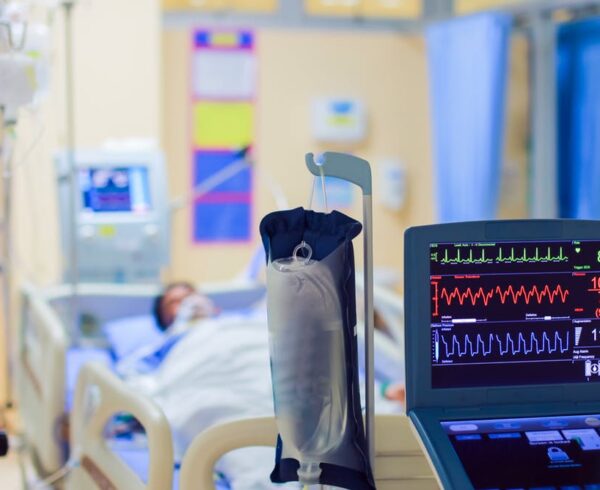

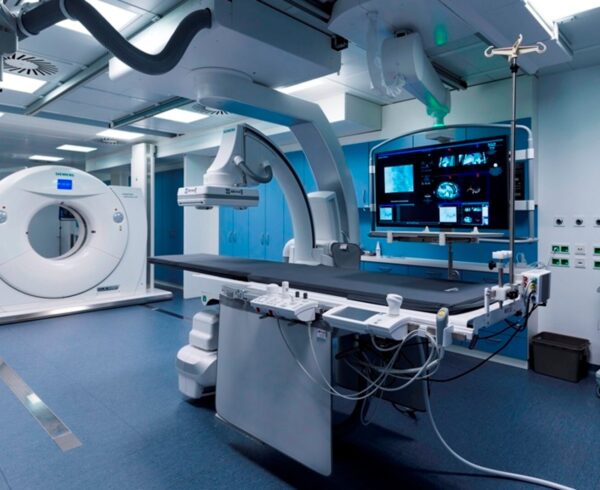

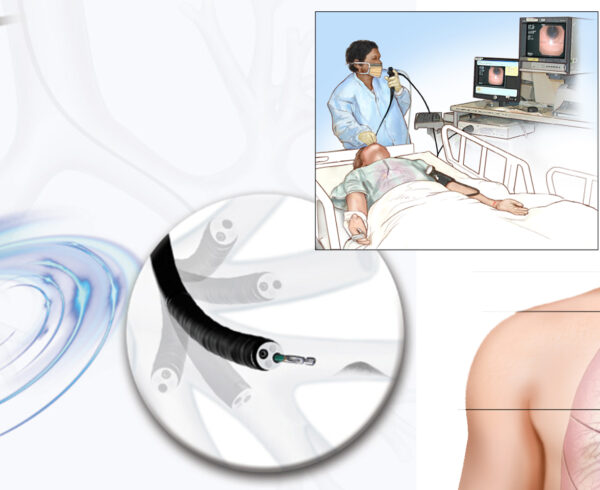
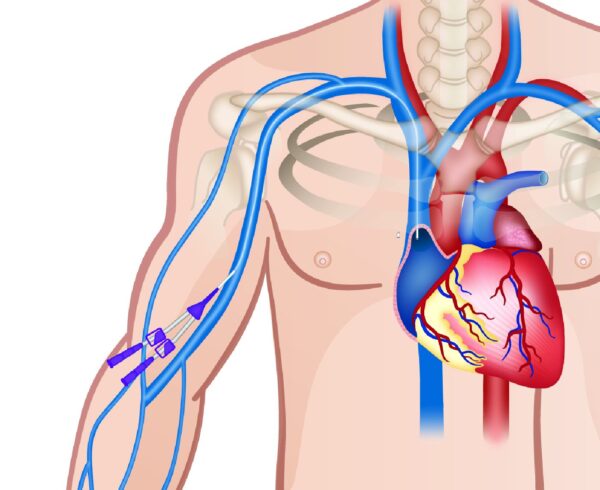
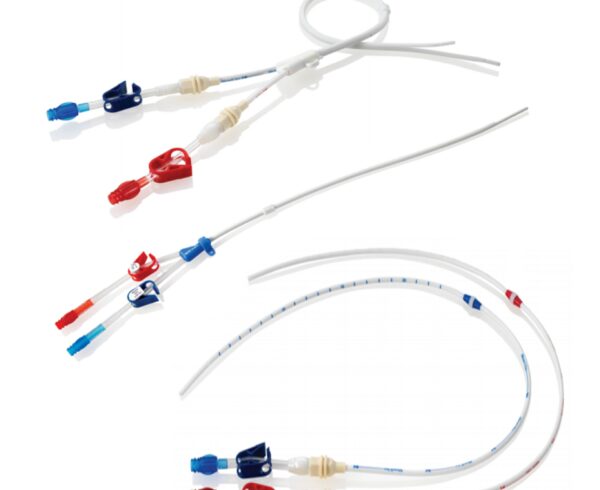
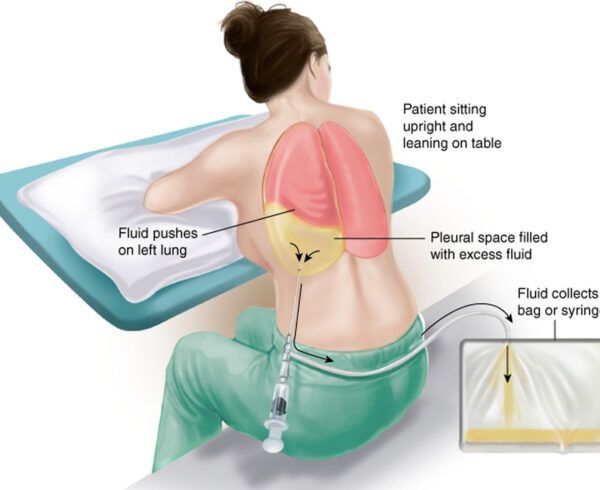

Ask a Question?